02 Oct 10 Tips To Maximize Productivity While Working Remotely
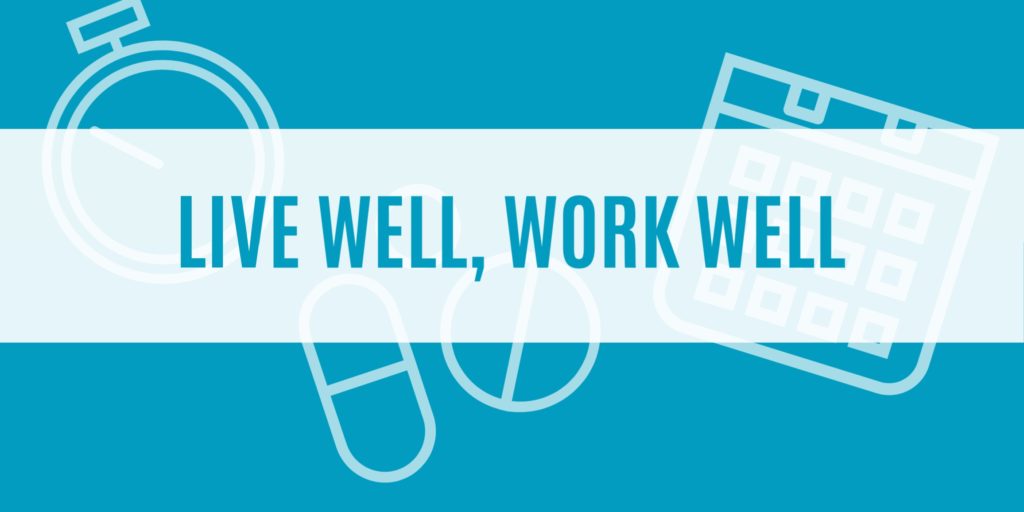 As a result of the COVID-19 pandemic, the stigma associated with working remotely has disappeared. And, as the pandemic continues, working from home is likely to stick around.
As a result of the COVID-19 pandemic, the stigma associated with working remotely has disappeared. And, as the pandemic continues, working from home is likely to stick around.
If you haven’t already, it’s important to assess how you’re doing working from home and whether you need to make adjustments. Distractions are all around, regardless of whether you are in the workplace or in the comfort of your home. Both work settings have their own set of productivity killers, and a lot can hinge on an employee’s personal ability to avoid distractions.
02 Oct NYC Changes to Paid Sick Leave Law Take Effect Sept. 30
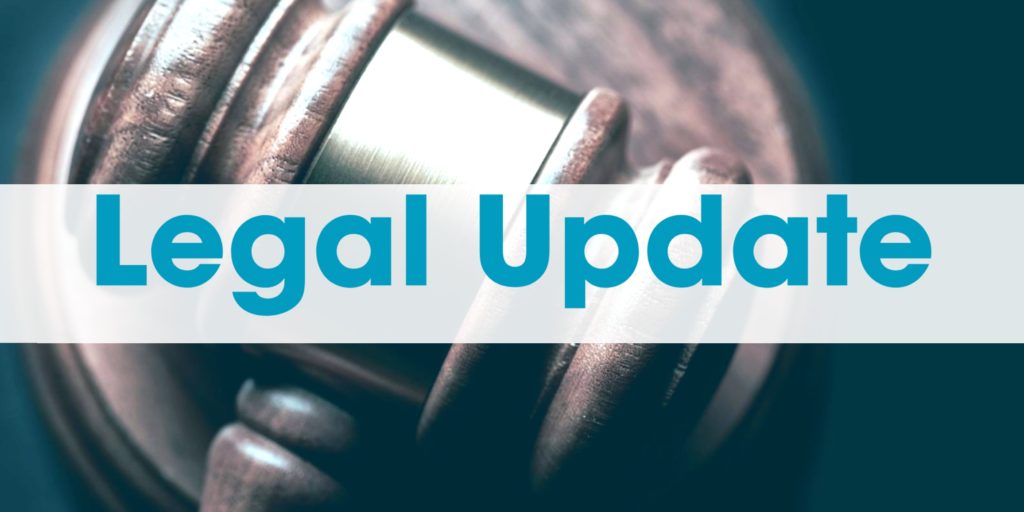 New York City has amended its Earned Safe and Sick Time Act (ESST) to align with the state’s paid sick leave law (PSL), which was passed in April 2020 as part of the state budget. Both the amendments to the city ESST and the accrual and notice portions of the state law take effect Sept. 30, 2020.
New York City has amended its Earned Safe and Sick Time Act (ESST) to align with the state’s paid sick leave law (PSL), which was passed in April 2020 as part of the state budget. Both the amendments to the city ESST and the accrual and notice portions of the state law take effect Sept. 30, 2020.
The ESST amendments make a number of changes to the law, most notably how much leave must be provided by employers of different sizes, as follows:
02 Oct IRS Issues Guidance on the SECURE Act
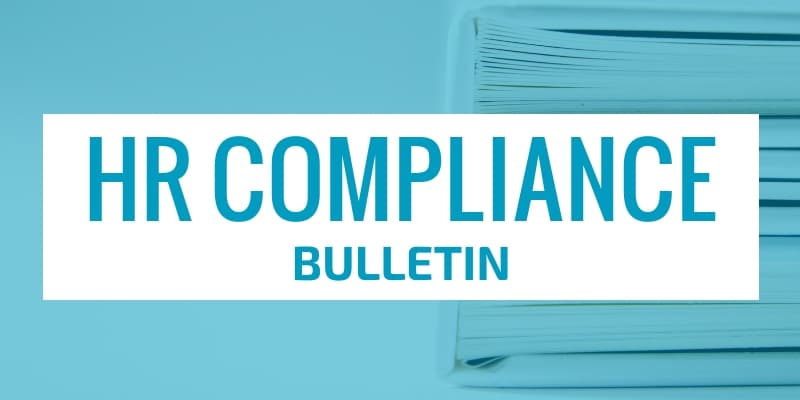 On Sept. 2, 2020, the Department of the Treasury (Treasury Department) and the Internal Revenue Service (IRS) released Notice 2020-68, which provides guidance on certain provisions of the Setting Every Community Up for Retirement Enhancement Act of 2019 (SECURE Act).
On Sept. 2, 2020, the Department of the Treasury (Treasury Department) and the Internal Revenue Service (IRS) released Notice 2020-68, which provides guidance on certain provisions of the Setting Every Community Up for Retirement Enhancement Act of 2019 (SECURE Act).
Key SECURE Act provisions addressed by the notice include:
- The small employer automatic enrollment credit (Section 105);
- The repeal of the maximum age for traditional Individual Retirement Account (IRA) contributions (Section 107);
- Participation of long-term, part-time employees in 401(k) plans (Section 112); and
- Qualified birth or adoption distributions (Section 113);
02 Oct Open Enrollment Communication Strategies Amid COVID-19
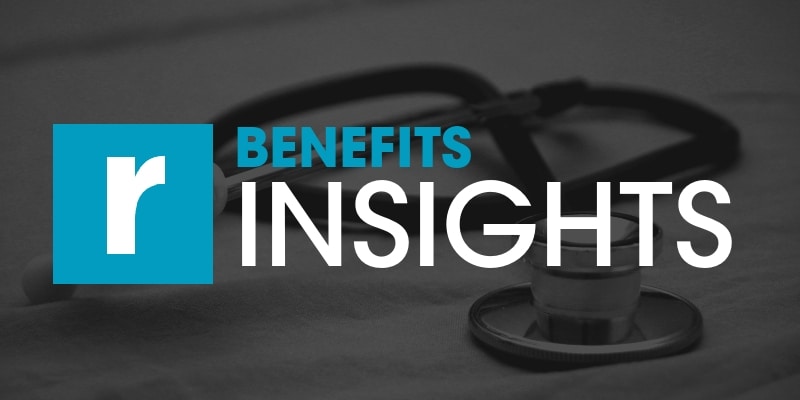 Open enrollment has always been a busy time for HR departments. Now, amid COVID-19, there are even greater challenges for employers to manage—one of the most significant being employee benefits communication.
Open enrollment has always been a busy time for HR departments. Now, amid COVID-19, there are even greater challenges for employers to manage—one of the most significant being employee benefits communication.
Given that many employers are allowing telework, getting everyone on the same page about their benefits may not be easy. Below are some communication strategies to help.
02 Oct Your Wellness Matters: Musculoskeletal Disorders
 According to the Bone and Joint Initiative USA, nearly 1 in 2 Americans over the age of 18—or 124 million people—have a musculoskeletal disorder. And, according to OSHA, work-related musculoskeletal disorders are among the most common disability claims.
According to the Bone and Joint Initiative USA, nearly 1 in 2 Americans over the age of 18—or 124 million people—have a musculoskeletal disorder. And, according to OSHA, work-related musculoskeletal disorders are among the most common disability claims.
What are musculoskeletal disorders?
Musculoskeletal disorders (MSDs) refer to a variety of conditions that affect your joints, bones and muscles. According to the World Health Organization, there are more than 150 conditions that are considered MSDs, the most common being osteoarthritis, back and neck pain, fractures and systemic inflammatory conditions (e.g., rheumatoid arthritis).02 Oct Easing Employee Stress Surrounding Benefits During Uncertain Times
 Employers are responsible for educating their employees about the health coverage options they offer. Now, amid massive uncertainty caused by events such as the COVID-19 pandemic, the upcoming presidential election and the impending court case over the constitutionality of the Affordable Care Act (ACA), employees may be more stressed than ever about the status of their employee benefits.
Employers are responsible for educating their employees about the health coverage options they offer. Now, amid massive uncertainty caused by events such as the COVID-19 pandemic, the upcoming presidential election and the impending court case over the constitutionality of the Affordable Care Act (ACA), employees may be more stressed than ever about the status of their employee benefits.
That’s why it’s so critical to provide transparent and effective communication to employees about their benefits.
Talking to Employees About Stressful Current Events Employees may be experiencing stress due to the uncertainty caused by the pandemic, the election and the status of the ACA. While you may not have all the answers, you can explain what’s going on and, if possible, how your organization is or will be responding. Consider the following talking points.
25 Sep 09.25.20 – Weekly Summary
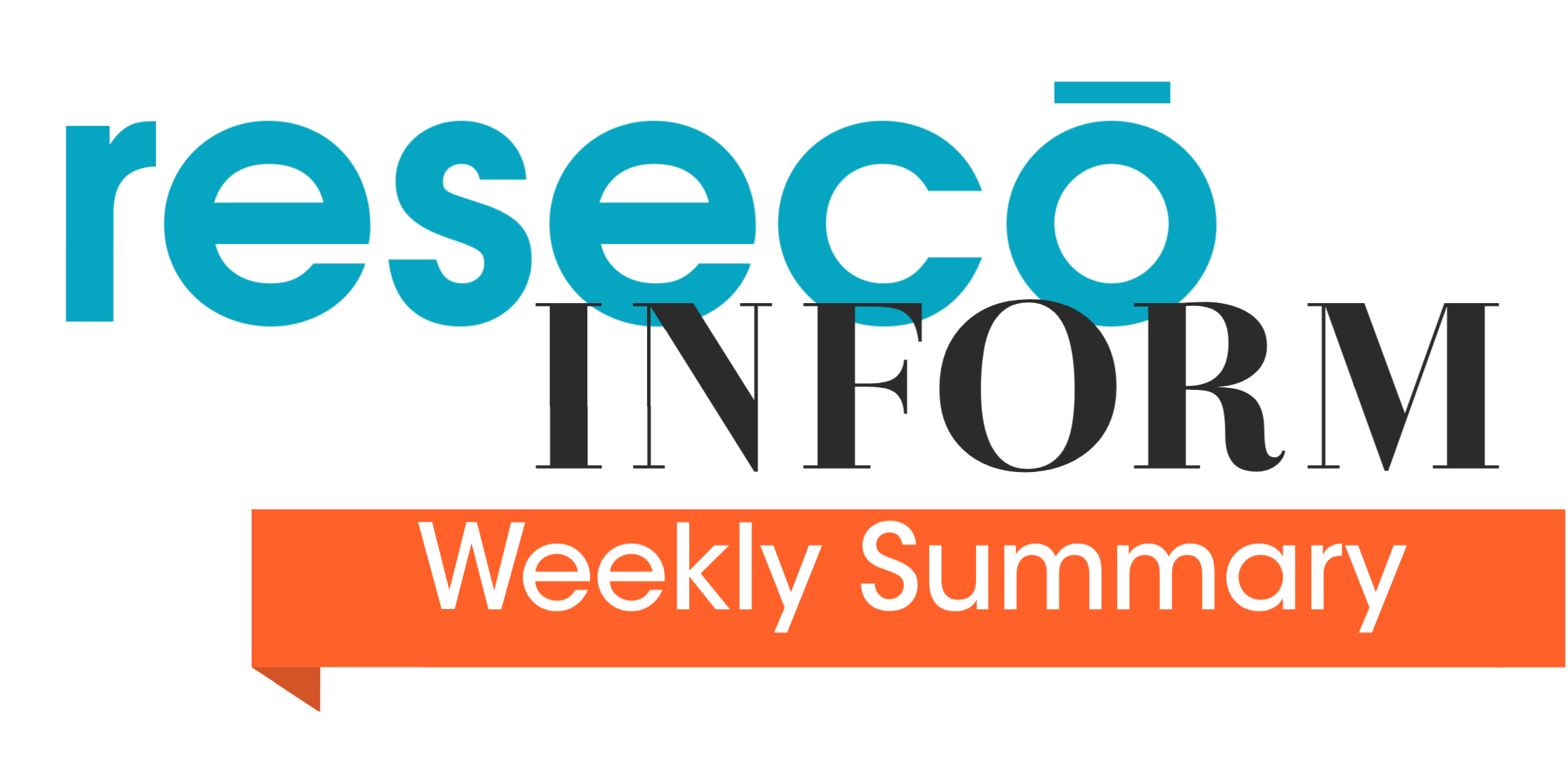
Post Summary for the Week of Sep 19th - Sep 25th
25 Sep Combating Pandemic Fatigue
 An unintentional phenomenon is on the rise—pandemic fatigue. Many people are tired of staying at home and want to be the social creatures they inherently are. In short, a lot of people want their “normal” back.
An unintentional phenomenon is on the rise—pandemic fatigue. Many people are tired of staying at home and want to be the social creatures they inherently are. In short, a lot of people want their “normal” back.
Pandemic fatigue occurs when people show low motivation or energy to comply with safety guidelines. In turn, this makes some Americans—consciously or unconsciously—disregard pandemic guidance such as social distancing, mask wearing and hand-washing. Others may be reaching a mental health breaking point.
25 Sep Time Tracking in the Time of COVID-19
 Keeping track of employee productivity has always been important, but it’s even more significant in the wake of the COVID-19 pandemic. With the majority of employers allowing remote work, accurate time tracking isn’t always a guarantee.
Keeping track of employee productivity has always been important, but it’s even more significant in the wake of the COVID-19 pandemic. With the majority of employers allowing remote work, accurate time tracking isn’t always a guarantee.
However, despite the challenge, it’s critical that all employers strive for accuracy. In fact, not doing so can lead to confusion, lost productivity and other consequences.
This article outlines an employer’s general time tracking responsibilities and offers some best practices to follow.


